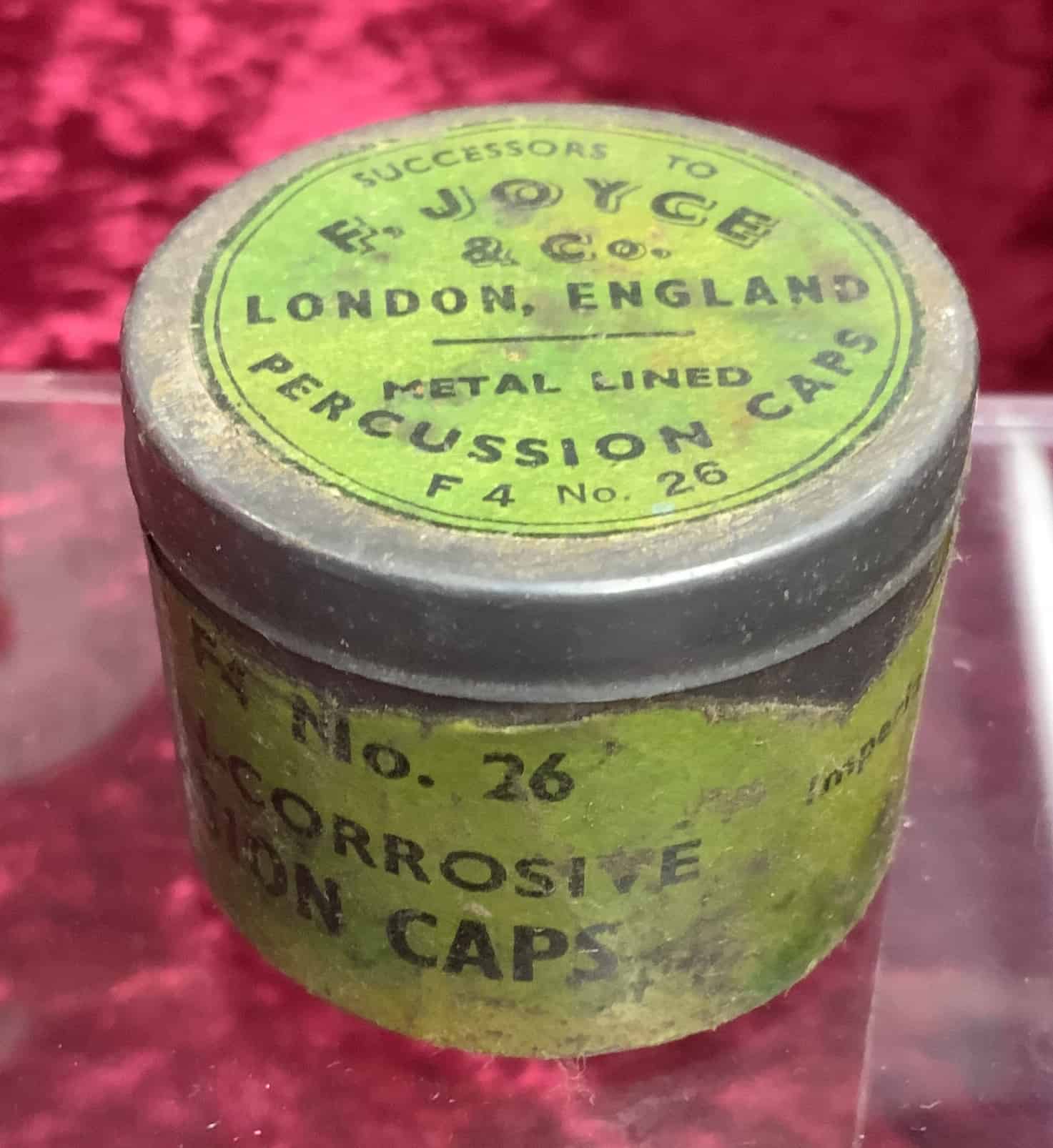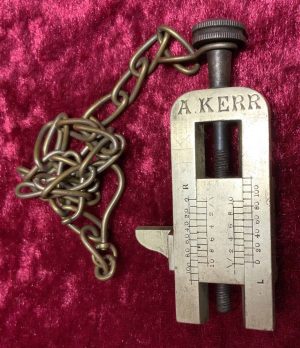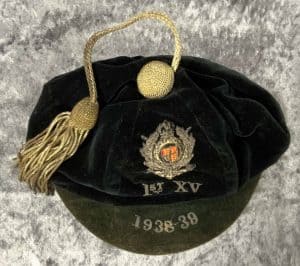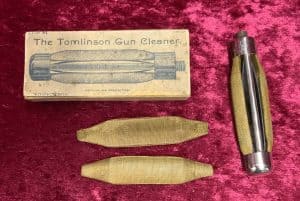Description
F.Joyce Percussion Cap Tins
F.Joyce Percussion Cap Tins. F.Joyce percussion cap tins No.26
The percussion cap or percussion primer, introduced in the early 1820s, is a type of single-use percussion ignition device for muzzle loader firearm locks enabling them to fire reliably in any weather condition. This crucial invention gave rise to the cap lock mechanism or percussion lock system using percussion caps struck by the hammer to set off the gunpowder charge in percussion guns including percussion rifles and cap and ball firearms. Any firearm using a caplock mechanism is a percussion gun. Any long gun with a cap-lock mechanism and rifled barrel is a percussion rifle. Cap and ball describes cap-lock firearms discharging a single bore-diameter spherical bullet with each shot.
The percussion cap is a small cylinder of copper or brass with one closed end. Inside the closed end is a small amount of a shock-sensitive explosive material such as mercuric fulminate (discovered in 1800; it was the only practical detonator used from about 1850 to the early 20th century). The caplock mechanism consists of a hammer and a nipple, sometimes referred to as a cone. The nipple contains a tube which goes into the rearmost part of the gun barrel. The percussion cap is placed over the hollow metal nipple. Pulling the trigger releases the hammer, which strikes the percussion cap and detonates the mercury fulminate, which releases flames which travel through the hollow nipple to ignite the main powder charge. Percussion caps have been made in small sizes for pistols and larger sizes for rifles and muskets.
Click here for more miscellaneous items




